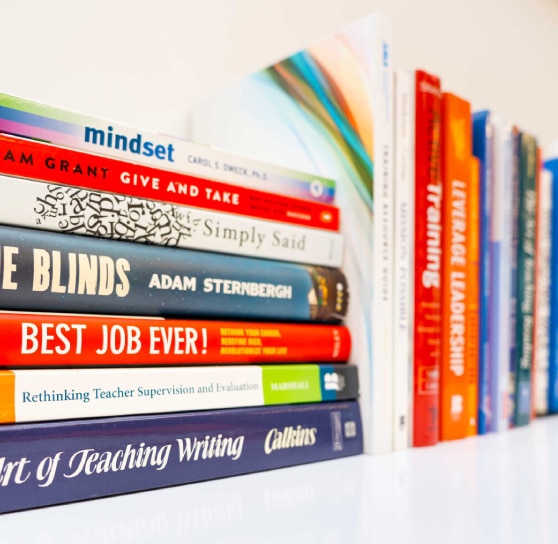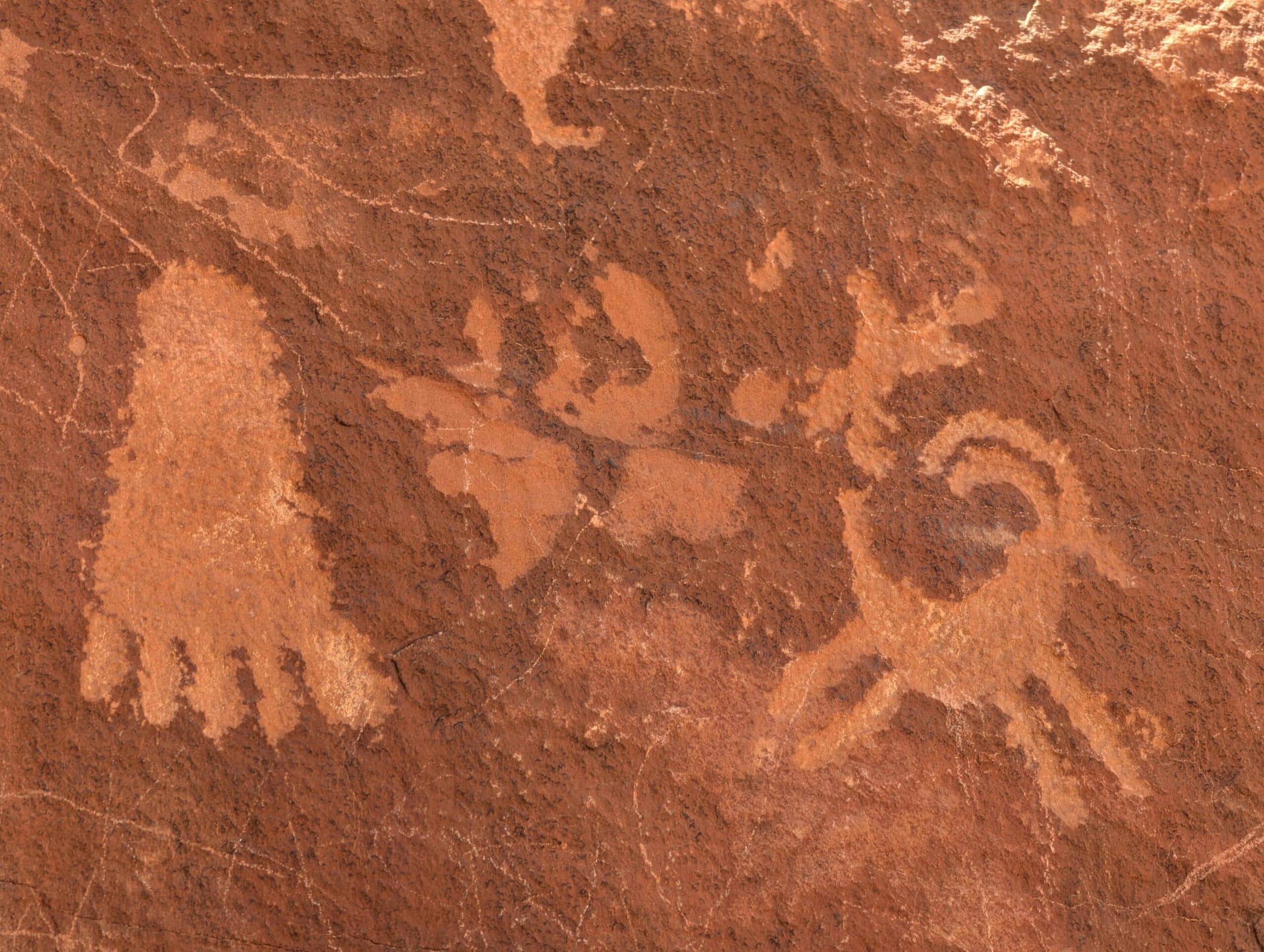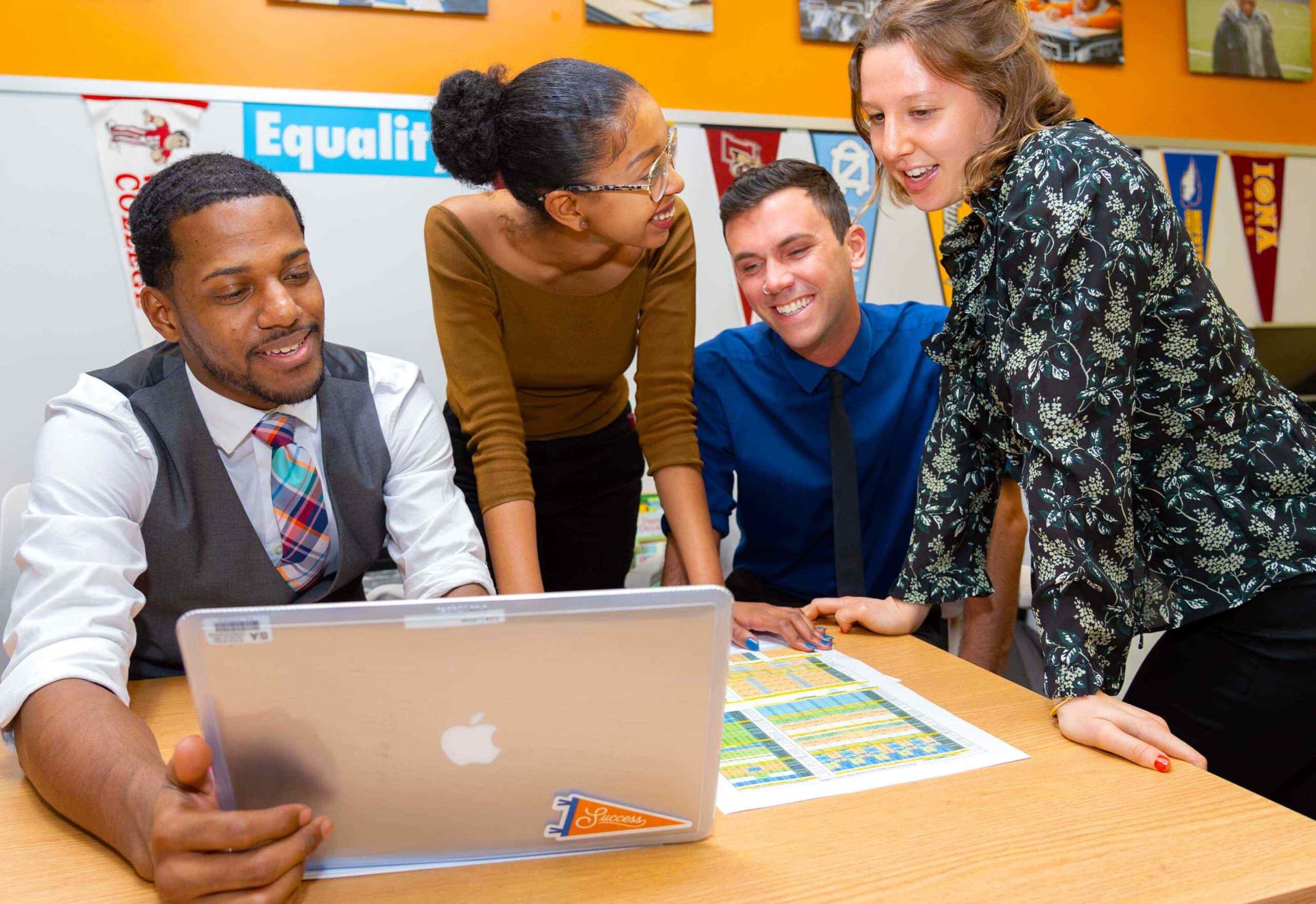


We believe that students need a base of knowledge, often referred to by scholars and education experts as “core knowledge,” to learn and explore topics at a more sophisticated level. For example, if you do not know anything about the Bible or Greek Mythology, it is nearly impossible to understand anything about the history of Western Art.
An increasing number of kids today have extreme deficits in core knowledge which impede their further acquisition of knowledge and understanding. They do not know anything about the Founding Fathers and the key debates of the Revolutionary War period; therefore, it is very difficult for them to understand the Civil War.
We address the challenges of core knowledge deficits primarily through reading (which is why it is so imperative that your kids read voraciously at home and at school), but we also address them through deliberate efforts to give our scholars quick hits of background knowledge, through what we call core knowledge units.
China was one of the great ancient civilizations, and today it is the most populous country on Earth! It is a thriving center of economic activity. Today, most things used around the world are made in China. This study is an exciting opportunity to dive deep into the social organization, technological innovations, and cultural elements that characterized everyday life in ancient China.
If you do your job well, your scholars will understand:
As in all reading units, your job as a teacher is to ensure that your students are reading at home and at school. Meet with the parents of scholars who are falling short on their at-home reading. If you cannot convince parents to ensure that their children are keeping up with their homework, you need to manage up to leadership.
It is your responsibility to ensure that ALL of your scholars are reading 6 days a week at home!
Scholars will explore and learn about ancient China through three exciting projects.
On days 1-9, you will have 90 minutes for your scholars to become investigators of ancient China.
On days 10 and beyond, you will have 75 minutes for your scholars to become investigators of ancient China.
Some days the focus is on investigating and studying to learn more, while other days center around project work.
Your day might include:
Facilitating meaningful learning through a core knowledge unit is challenging, because there are materials to manage and the work is open-ended. But this is the very reason why it is valuable and engaging for our scholars.
Your level of preparation and your clarity of purpose make all the difference. You also need a North Star. You need to know what excellent third-grade work for this unit looks like. Fortunately, we have many samples. Study them and know what you are shooting for. You need to know what the work should look like, and you need to be striving to get ALL your kids’ work there!
Guard against exploration without rigor! Scholars’ experiences should spark questions and further investigation about the topic.
Museum: The study culminates with an exhibition, or museum, showcasing scholars’ work, and most importantly, all that they’ve learned about ancient China. This is a great opportunity to get parents invested in their scholars’ academic work.
Before the unit begins, you must plan backwards from your museum. The work scholars do daily will be the crux of the exhibition.
Use project work time to check in with scholars to see that their work demonstrates what they have learned. Is their work accurate? Is it neat and detailed? Does it demonstrate their best effort?
Communicate with families early on about your museum so they can make plans in advance to attend and support it.
Make a plan to prepare scholars to present their museum to visitors, guiding guests on a tour of their projects and clearly demonstrating their excitement and expertise about the topic.
Effective Materials Management: Scholars will work with a variety of materials as they create their projects. Plan how you will manage the materials, but keep the focus on the content! Ask your Art teacher for advice on managing the materials and when working with any unfamiliar medium.
Scholars will use core knowledge journals and folders for their research and writing. Prepare these beforehand, making them special and exciting for scholars to use.
You will need lots of space! Make sure you have a plan for how to use your classroom, including wall space within and outside of your four walls, to display scholar work and a core knowledge word wall.
What was everyday life like for people in ancient China?
How did the Chinese use and develop tools and new technologies?
What do monuments and artifacts from ancient China teach us about Chinese culture and history?
How can we teach others what we’ve learned?
Below is a list of additional resources not included in the lessons, which you can use to build scholars’ content knowledge.
Read Alouds:
What Does Success Look Like?
What was everyday life like for people in ancient China?
Success is when scholars can place ancient China geographically on a map and chronologically in its historical time frame.
Day 1 (90 minutes)
Engage — 1 minute
Read to Learn — 10 minutes
Launch — 5 minutes
Read to Learn — 15 minutes
Writing/Targeted Teaching Time — 30 minutes
Independent Reading/Targeted Teaching Time — 30 minutes
What Does Success Look Like?
What was everyday life like for people in ancient China?
Success is when scholars understand how ancient Chinese society was split into social groups, and what those groups were.
Day 2 (90 minutes)
Engage — 1 minute
Read to Learn — 30 minutes
Writing/Targeted Teaching Time — 30 minutes
Independent Reading/Targeted Teaching Time — 30 minutes
What Does Success Look Like?
What was everyday life like for people in ancient China?
Success is when scholars are able to describe what the lives of emperors, rich citizens, and skilled workers were like.
Day 3 (90 minutes)
Engage — 1 minute
Virtual Field Study — 15 minutes
Read to Learn — 20 minutes
Project Work — 25 minutes
Independent Reading/Targeted Teaching Time — 30 minutes
What Does Success Look Like?
What was everyday life like for people in ancient China?
Success is when scholars are able to describe what life was like for members of each social class in ancient China.
Day 4 (90 minutes)
Engage — 1 minute
Launch — 5 minutes
Project Work — 55 minutes
Independent Reading/Targeted Teaching Time — 30 minutes
What Does Success Look Like?
What was everyday life like for people in ancient China?
Success is when scholars are able to describe what life was like for members of each social class in ancient China.
Day 5 (90 minutes)
Engage — 1 minute
Project Work — 45 minutes
Read to Learn — 15 minutes
Independent Reading/Targeted Teaching Time — 30 minutes
What Does Success Look Like?
How did the Chinese use and develop tools and new technologies?
Success is when scholars are able to describe various inventions of the ancient Chinese and the importance of these inventions.
Day 6 (90 minutes)
Engage — 1 minute
Launch — 5 minutes
Virtual Field Study — 20 minutes
Read to Learn — 15 minutes
Writing/Targeted Teaching Time — 20 minutes
Independent Reading/Targeted Teaching Time — 30 minutes
What Does Success Look Like?
How did the Chinese use and develop tools and new technologies?
Success is when scholars are able to describe various inventions of the ancient Chinese, and the importance of these inventions.
Day 7 (90 minutes)
Engage — 1 minute
Launch — 5 minutes
Virtual Field Study — 20 minutes
Writing/Targeted Teaching Time — 20 minutes
Read to Learn — 15 minutes
Independent Reading/Targeted Teaching Time — 30 minutes
What Does Success Look Like?
How did the Chinese use and develop tools and new technologies?
Success is when scholars can think like ancient Chinese inventors by creating an invention to solve a problem.
Day 8 (90 minutes)
Engage — 1 minute
Launch — 5 minutes
Project Work — 50 minutes
Independent Reading/Targeted Teaching Time — 30 minutes
What Does Success Look Like?
How did the Chinese use and develop tools and new technologies?
Success is when scholars are able to describe why their inventions are important.
Day 9 (90 minutes)
Engage — 1 minute
Launch — 5–7 minutes
Project Work — 45 minutes
Read to Learn — 20 minutes
Independent Reading/Targeted Teaching Time — 30 minutes
What Does Success Look Like?
What do monuments and artifacts from ancient China teach us about Chinese culture and history?
Success is when scholars understand the significance of Qin Shi Huangdi, and what he teaches us about ancient China.
Day 10 (75 minutes)
Engage — 1 minute
Launch — 5 minutes
Virtual Field Study — 20 minutes
Read to Learn — 20 minutes
Independent Reading/Targeted Teaching Time — 30 minutes
What Does Success Look Like?
What do monuments and artifacts from ancient China teach us about Chinese culture and history?
Success is when scholars understand what the terracotta warriors are, and what they teach us about ancient China.
Day 11 (75 minutes)
Engage — 1 minute
Read to Learn — 15 minutes
Writing/Targeted Teaching Time — 20 minutes
Read to Learn — 10 minutes
Independent Reading/Targeted Teaching Time — 30 minutes
What Does Success Look Like?
What do monuments and artifacts from ancient China teach us about Chinese culture and history? Success is when scholars understand why and how the Great Wall of China was built.
Day 12 (75 minutes)
Engage — 1 minute
Launch — 5–7 minutes
Virtual Field Study — 30 minutes
Independent Reading/Targeted Teaching Time — 30 minutes
What Does Success Look Like?
What do monuments and artifacts from ancient China teach us about Chinese culture and history? Success is when scholars understand why and how the Great Wall of China was built.
Day 13 (75 minutes)
Engage — 1 minute
Read to Learn — 15 minutes
Writing/Targeted Teaching Time — 30 minutes
Independent Reading/Targeted Teaching Time — 30 minutes
What Does Success Look Like?
Day 14 (75 minutes)
Engage — 1 minute
Launch — 5 minutes
Project Work — 40 minutes
Independent Reading/Targeted Teaching Time — 30 minutes
What Does Success Look Like?
What do monuments and artifacts from ancient China teach us about Chinese culture and history?
Success is when scholars can use their knowledge of the benefits and drawbacks of the Great Wall of China to form their own opinions and write letters to convince the first emperor why it should—or should not—be built.
Day 15 (75 minutes)
Engage — 1 minute
Project Work — 45 minutes
Independent Reading/Targeted Teaching Time — 30 minutes
What Does Success Look Like?
How can we teach others what we’ve learned?
Success is when scholars are able to teach others key information about ancient China.
Days 16–18 (75 minutes)
Project Work — 30 minutes
Read to Learn — 15 minutes
Independent Reading/Targeted Teaching Time — 30 minutes
Congratulations! You’ve reached the end of Unit 6: Ancient China.
As a result of teaching this unit, you, as the teacher, have:
Your scholars can:
Celebrate your scholars by acknowledging the expertise they now have about ancient China and explaining what they can now do as readers and writers as a result of the study. For example, scholars know how to read nonfiction texts, using the author’s choices—such as text features, imagery, or word choice—to understand the big idea.
Invite scholars to share what was most intriguing to them over the course of the study—and what they’re going to keep investigating on their own!
Reflect on your successes and stretches, as well as those of your scholars. Look at your informal F&P results. Have your scholars grown as readers over the last month?
Scholars must read at home, as well as in school. Are 100% of your kids reading 6 days a week at home? Make sure at-home reading is happening, and meet with families who are falling short to recommit them to this team effort.
Are 100% of your kids reading fluently? Are they using all of the tools at their disposal to figure out the meaning of what they are reading?
Are 100% doing their literacy homework?
Going into the summer, make specific reading goals for scholars. Set a goal for children who are not reading at home. Who will you get to consistently read at home? Set a goal for moving any scholars who are stuck. Why are they stuck? Do they read most or all words correctly? What is their struggle with decoding? Do they understand what they’re reading? Do they understand the big idea? How will you partner with parents to support their growth?
If you are having trouble meeting your goals, do not wait until you have NOT succeeded. Consult your colleagues. Consult your leaders. ASK FOR HELP so you can meet your goals!
resources
Access a wide array of articles, webinars, and more, designed to help you help children reach their potential.
Curated Middle School Novel List (Grades 5-8)
Educator
Parent
Book lists
Book Lists
Middle School
5th
6th
7th
8th
Literacy

ES PBL Grade 2: Brooklyn Bridge
Educator
Curriculum
Elementary School
2nd
PBL

ES PBL Grade 3: Iroquois and Lenape
Educator
Curriculum
Elementary School
3rd
PBL

Grade 1: PBL School – How It Works!
Educator
Curriculum
Elementary School
1st
PBL
NEWSLETTER
"*" indicates required fields
